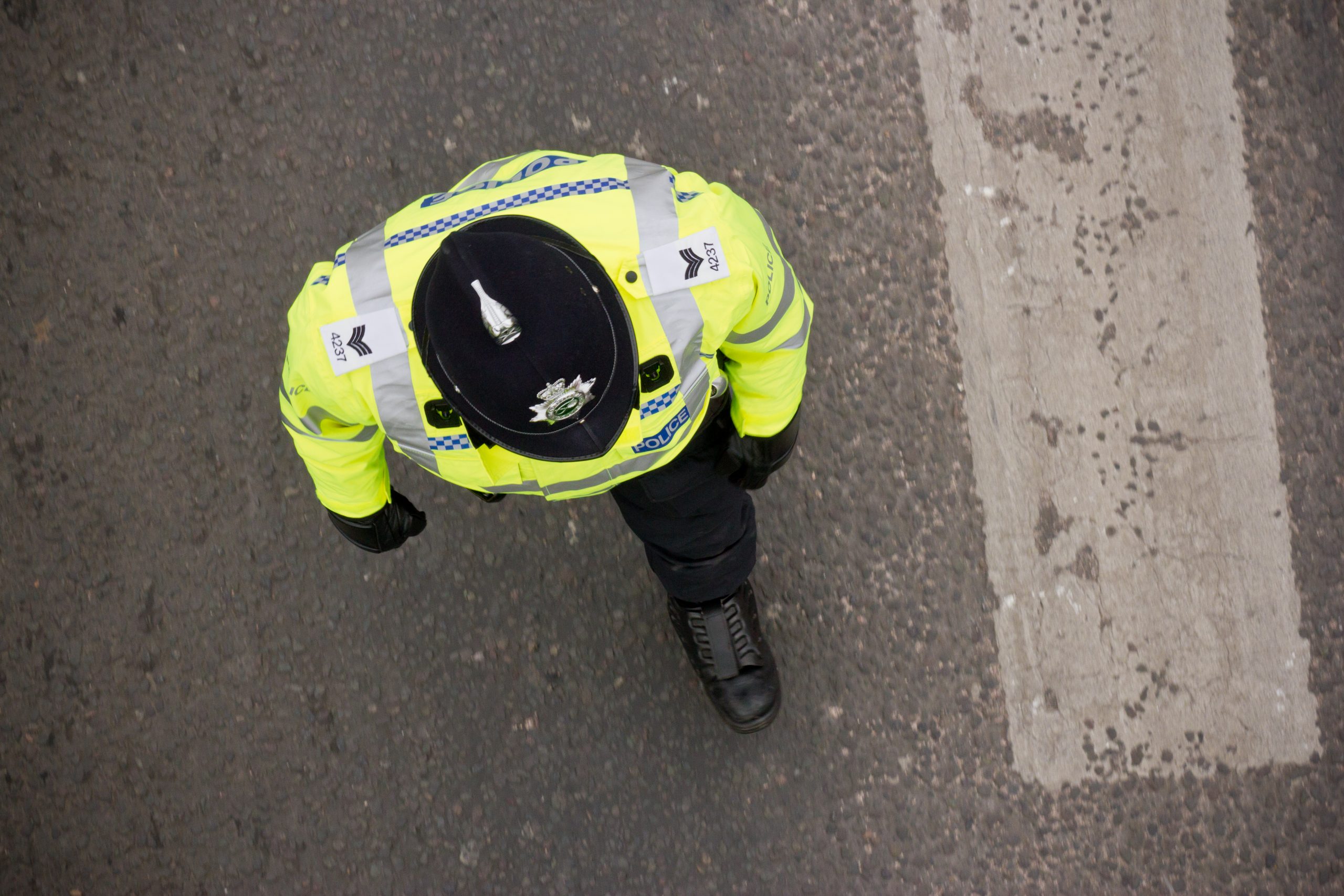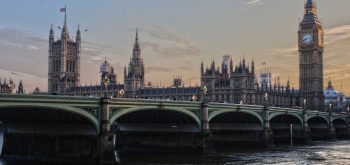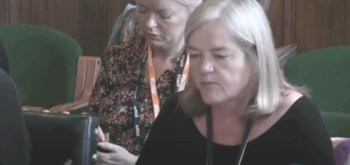The involvement of journalists carrying out investigations into alleged miscarriage of justice cases and influencing the criminal justice system in the UK has a long provenance.
A grim roll call
Think of Sir Arthur Conan Doyle, for example, using his skills and public-authority to investigate and publicise the George Eldaji (which led to the creation of the Court of Criminal Appeal in 1907) and the Oscar Slater case in 1908 after the German-Jew was convicted of the murder of 83 year-old Marion Gilchrist in Glasgow in May of that year and sentenced to death. A huge public outcry followed and a campaign organised by supporters was soon established, featuring lawyers, judges, policemen and Conan-Doyle. But it was to take another 20 years before the verdict was finally overturned (on the grounds of poor direction from the judge) and Slater was awarded £6,000 compensation. The publication of his little book The Case of Oscar Slater in 1912, harnessed his investigative skills and mastery of the short-story, to astonishing affect.
Later in the 20th century, the public imagination was caught in similar fashion by the cases taken on by the likes of Ludovic Kennedy. His list of investigations and campaigning reads like a grim roll-call of modern-age miscarriage of justice cases which shamed the British criminal justice system: Timothy Evans, Derek Bentley, Stephen Ward, the Guildford Four and the Birmingham Six. The University of Strathclyde is now home to the Patrick Meehan Collection, an archive donated to us by Kennedy himself in 1986, and comprises several boxes of files, papers, correspondence, books and campaigning material relating to the notorious July 1969 robbery of a Mr and Mrs Archibald in their west-coast home, which later cost the latter her life. Patrick Meehan, a known robber, was later arrested but his co-accused, James Griffiths, was killed whilst resisting arrest. The archives reveal how Kennedy, then a well-known broadcaster and author, was approached by Meehan and his family, seeking his journalistic skills to reinvestigate the case. He wrote letters to the press, influential colleagues, placed articles in newspapers and organised several (unsuccessful appeals to the Secretary of State for Scotland). Another suspect widely held to be culpable of the crime, was tried (albeit unsuccessfully) but it was the posthumous public release of a confession by another accomplice, William ‘Tank’ McGuinness, to the crime which finally led to Meehan’s release.[i] The archive includes Kennedy’s brilliant book on the case A Presumption of Innocence published after Meehan was released in 1973 and had received a controversial pardon[ii]. The implicit role of himself as a ‘custodian of conscience’[iii] was taken for granted by Kennedy and he clearly felt that he had to take the case on as a long-term project once he had convinced himself he was dealing with a wrongfully convicted man.
The tradition established by Conan-Doyle, Kennedy, and later Robert Kee, Paul Foot, Chris Mullin and others, led directly to the BBC’s superb Rough Justice series and later (involving some of the same team) Trial and Error at Channel 4. The successes racked up by them, and also the conspicuously brave campaign to free the Birmingham Six by Granada TV’s World in Action series, had a direct impact on the decision to form the Criminal Cases Review Commission (CCRC) in 1997. [iv]
The Brown case
However, that long and hard-won tradition came grinding to a semi-voluntary halt when the CCRC was established since it was assumed the requirement for investigative journalists to be involved in cases had more or less ended. Alas, that was precisely when I found myself in the longest and most-challenging investigative project of my career.
In the 11 years I investigated the Robert Brown case for Scottish TV, BBC and numerous broadsheet newspapers, I dealt with both the old C3 department of the Home Office, and later the freshly-minted CCRC. The 19 year-old unemployed Scotsman had been imprisoned in 1977 for a violent murder of a 56 year-old single woman named Annie Walsh in Hulme, Manchester. In both my long-dealings with C3 and the CCRC I found that any actual ‘on-the-ground’ investigative techniques were conspicuous only by their absence. In Brown’s case this was particularly unfortunate since breakthroughs were gained by me using precisely this approach (e.g. finding alibi witnesses; discovering witnesses changing testimonies; location fresh witnesses testifying to police brutality; obtaining independent forensic testimony from scientists at the University of Strathclyde; receiving official secret papers from Home Office sources supporting Brown’s claims of violence during interrogation; and, finally, strong evidence from senior police sources that the main detective leading the murder hunt was himself criminally corrupt at the time of the Brown case). Uncovering such compelling evidence in the tradition of earlier historical cases and then publishing it took the case out of the shadows and threw light on mucky goings on down the years. Whilst the legal system finally did the right thing and overturned the wrongful conviction in November 2002 and freed Brown after almost 26 years behind bars, I remain convinced the CCRC would not have acted as they did without press pressure and it was left to me and other journalism colleagues, to ask the awkward questions about why a secret Greater Manchester Police report (Topping Report) identifying police corruption at the heart of the case as far back as 1979, was buried for over 22 years and only surfaced at the 11th hour when the case was sent to the Appeal Court? I am still waiting on an answer and am stilled banned discussing the contents of the report since it is still protected by a Public Interest Immunity certificate.
Some have criticised the recent wave of negative-comment on the CCRC from academic, press and campaigning quarters. I understand this touchiness and resentment but I also reject it. The CCRC is a publicly-funded body, unique internationally, and therefore holds a special but still publically-accountable position. No more than anyone should have stayed silent about the plodding nature of C3 back in the bad-old days, should anyone now feel it’s wrong to critically engage with the work its successors at the CCRC are doing.
The key criticism I hear time and again however, is that the ‘desktop review’ approach of the CCRC reflects an institutional unwillingness to properly ‘investigate’ cases. I don’t believe that is true. What I do believe however, is that the CCRC’s lack of early-stage investigation into cases, reflects staff inexperience (from top to bottom) in understanding how some door-knocking, witness-chasing and fieldwork can save time, money and effort and sometimes yield astonishing results. Now, a kneejerk solution to that would be to bring in some old coppers and – like MI5 employs so-called, ‘re-treads’ (retired employees hired on a ‘consultancy basis) for its vetting process – send them out to ask questions. But that would be a massive mistake, since experience shows that the last thing those involved in alleged wrongful convictions want to see is an old detective. Instead, the CCRC should look at its roots and understand how it would not exist had it not been for investigative journalists and their unique work. Moreover, it was the fruits of their techniques, practices and investigative-models which led to the overturning of high-profile cases which shook the foundations of the British legal system and forced the CCRC into becoming a reality. The cases involving input and leadership from investigative journalists stretch back over a century and have touched every jurisdiction with the UK.
The CCRC has only been in existence for less than a decade and a half and is very much a work in progress but evidence indicates this body needs to radically change its approach to the former, in order to achieve more of the latter.
[i] See the Patrick Meehan Papers, University of Strathclyde: http://www.strath.ac.uk/archives/ourcollections/xml/otherarchivalcollections/patrickmeehanpapers/
[ii] Meehan told the author in 1994 shortly before his death: “How can I be pardoned for a crime I didn’t do?”
[iii] See Custodians of Conscience: Investigative Journalism and Public Virtue, Ettema and Glasser, Columbia University Press (New York: 1998)
[iv] See, for example, Chris Mullin’s submission to the Royal Commission on Criminal Justice, established after the release of the Birmingham Six: http://www.chrismullinexmp.com/speeches/evidence-to-the-royal-commission-on-criminal-justice





